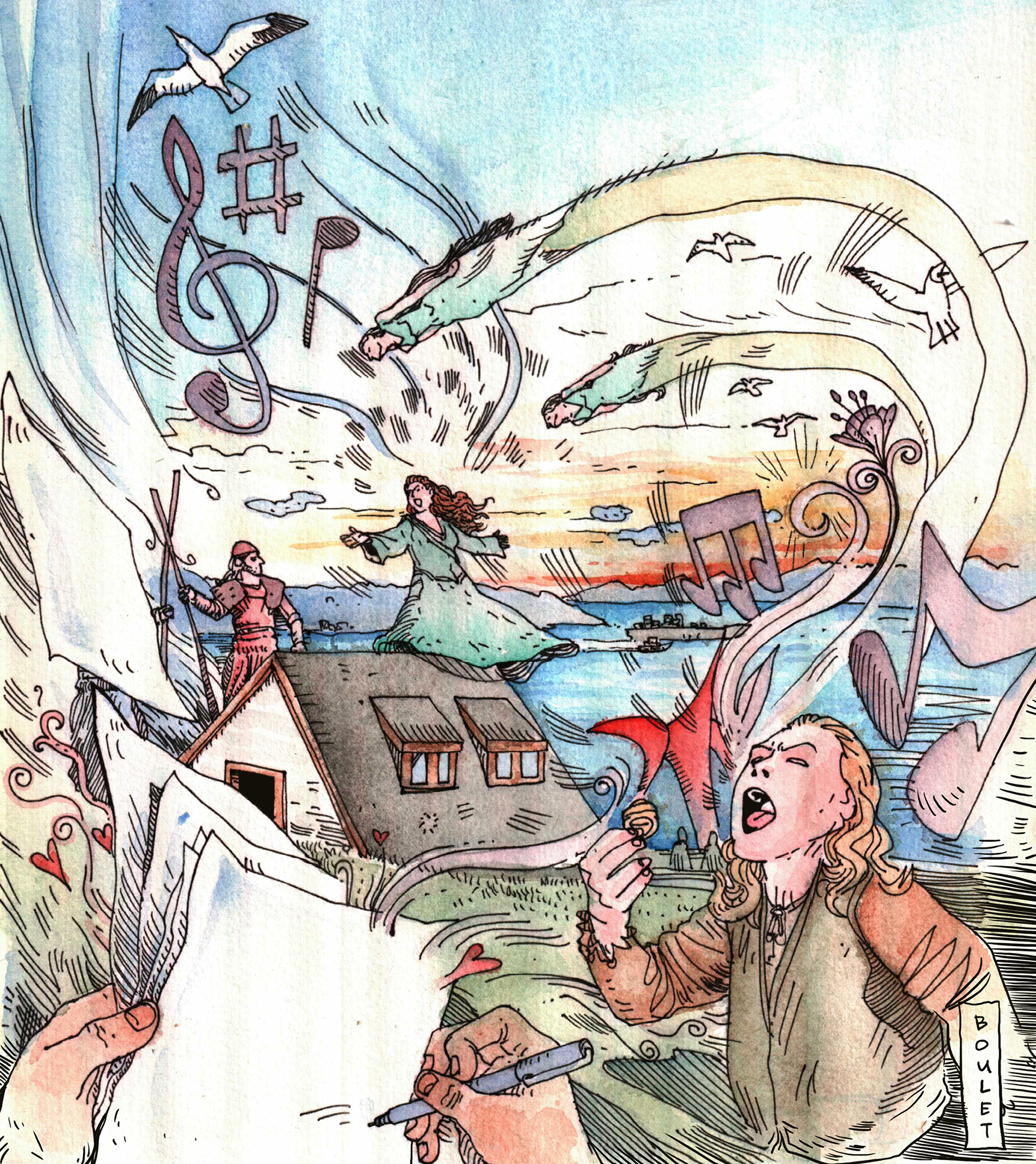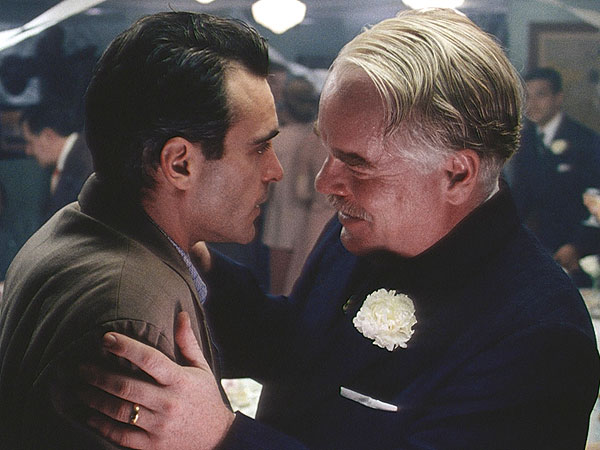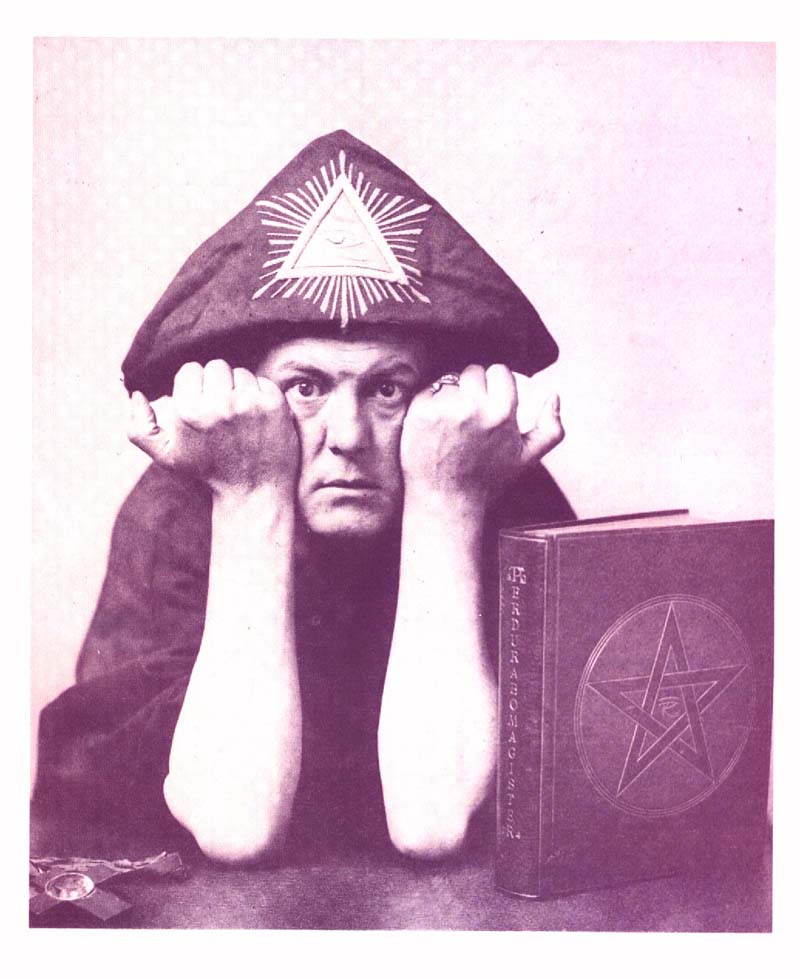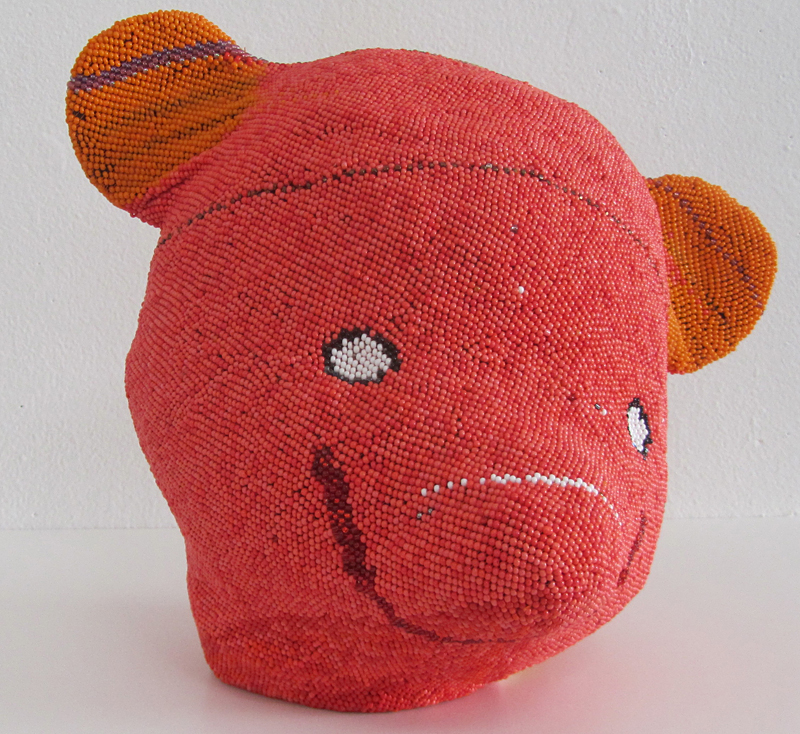WEDNESDAY 1/25
Books: Greene With Envy?
Having literary idols is generally a bad idea. How many careers have been squandered trying to drink like Hemingway or mope like Plath? Pico Iyer is aware of such dangers in The Man Within My Head (Knopf, $25.95), which describes his lifelong infatuation with Graham Greene (1904–91), a man he never met but considers his “adopted parent.” Both can be pegged as travel writers (though Greene’s CV is longer and more diverse), filing dispatches from lonely distant places, far from half-forgotten homes. It’s too late, and certainly unnecessary, Iyer acknowledges, to write another Greene biography. Instead, he interpolates much of his own life with that of Greene, a man “often taken to be the patron saint of the foreigner alone, drifting between certainties.” The younger writer was clearly inspired by Greene to travel, but he was uprooted even earlier—his ethnically Indian family moved from England to California when Iyer was 8. (He now lives in Santa Barbara and Japan.) They’re both Englishmen abroad, with home soils more acutely remembered in print than felt firsthand. The Man Within My Head is partly a head trip for Iyer, a Proustian excavation of his early influences and family life. When he finally dares to write to Greene, and receives a reply, you’re jolted out of the book’s interiority. (Coyly, Iyer doesn’t quote their correspondence.) Following at least partly in Greene’s path, Iyer’s globetrotting leads back to the bookshelves within his own head. (Presented by Seattle Arts & Lectures.) Town Hall, 1119 Eighth Ave., 621-2230, lectures.org. $5–$30. 7:30 p.m. BRIAN MILLER
THURSDAY 1/26
Visual Arts: We-Don’t-Care Bears
Don’t hug me, brah. Out-of-towners and transplants always complain about the “Seattle Nice” freeze-out effect; and though Troy Gua is a local, that’s also the subject of his N/ICE Teddy bears. The little fellas, plus one larger cousin, have been wrapped in duct tape. No child would ever clutch them for security or take them to bed. Warmth and fuzziness have been encapsulated inside a hard plaster shell (the eight-inch figures are actually cast from molds, then painted). Whatever succor they might’ve offered is now trapped within a carapace, unreachable. It’s all metaphoric, says Gua: “Breaking through the surface to forge a real friendship is a difficult task. We really are those warm and open folk, if you can manage to break through the chilly protective barrier.” Or, in a lighter mood, he joked of the bears during the show’s opening, “They’re my poor-man’s Jeff Koons.” (Ends Jan. 28.) Soil Gallery, 112 Third Ave. S. (Tashiro Kaplan Building), 264-8061, soilart.org. Free. Noon– 5 p.m. BRIAN MILLER
Film: A Passport to Capitol Hill
The tagline for this year’s Children’s Film Festival is “It’s Story Weather Outside”—more fitting than even the organizers could have foreseen. This is the season to come in from the cold and slush, when the seventh annual CFF invites kids to immerse themselves in stories from other climates and cultures (possibly sunnier ones). More than 100 features and shorts represent almost every continent during an expanded 11-day schedule (through Feb. 5). Opening the fest tonight is Michel Ocelot’s animated feature Tales of the Night, a spirited French film about (appropriately enough) stories and storytelling, played out in the theater of the imagination. Ocelot uses a CGI version of the cut-out silhouette technique used in Lotte Reiniger’s pioneering The Adventures of Prince Achmed, with a vivid use of background color. The eager energy of the film’s two young storytellers buoys this episodic collection of exotic folktales and modern attitudes. Among other highlights: Friday night features a pajama party with Caspar Babypants (aka Chris Ballew), and Saturday morning brings an all-you-can-eat pancake breakfast followed by a screening of selected shorts. Other worthy titles include EEP!, a feature from the Netherlands about a little girl with wings for arms and an instinct to fly, and the 2011 Oscar-winning animated short The Lost Thing, part of the “Once Upon a Time” program (both play this Saturday and also Sun., Feb. 5.). Northwest Film Forum, 1515 12th Ave., 267-5380, nwfilmforum.org. $6–$10. 7 p.m. SEAN AXMAKER
FRIDAY 1/27
Books: Look at That Freaking Badger
He doesn’t have a last name, but if you own a computer, you’ve probably heard his voice. Randall is the guy who loads snippets of old nature documentaries onto YouTube, with his narration added—a droll, knowledgeable, sometimes squeamish, and slightly fey voice that would never be welcome on the Nature Channel. You may already know the meme, own the T-shirt, and play the iPhone app. Now you can read the book, Honey Badger Don’t Care: Randall’s Guide to Crazy, Nastyass Animals (Andrews McMeel, $14.99). Besides the titular African badger (which has “no known predators”), the book includes chapters on sloths, possums (“a cat-rat . . . they fucking hiss!”), and the famed Tasmanian Devil—a creature Randall dubs “Satan’s best friend.” Admittedly, the videos first seemed like a joke, but the guy knows his zoology. According to his publisher, “Randall started narrating at an early age. Randall’s father was a cameraman for Marlin Perkins’ Mutual of Omaha’s Wild Kingdom.” And then he studied at something called the Exotic Animal Training and Management Program at Moorpark College, which certainly qualifies him to talk shit about the animal kingdom. With luck, beyond more videos, maybe he’ll create a ringtone, too. (“Eeew, what’s that in its mouth . . . ?”) University Book Store, 4326 University Way N.E., 634-3400, bookstore. washington.edu. Free. 7 p.m. BRIAN MILLER
Books: Contents Are Fragile
Maira Kalman is one of The New Yorker‘s iconic illustrators—she’s done dozens of covers, including the famous “New Yorkistan” map you may have hanging in your shower. She has a soft, painterly style that dulls the sharp edges of the modern world. Though she also designs children’s books and ballet sets (for Mark Morris, even), she has a knack for journalistic assignments, where she removes the packaged severity from our products, cars, clothing, and cities. An immigrant (from Israel), she transmutes our concrete-hard American sensibilities and shapes into gentler, more whimsical form. In the young-adult novel Why We Broke Up (Little, Brown, $19.99), she illustrates Daniel Handler‘s tale of high-school love gone sour. It’s written from a girl’s perspective, in the form of one long letter—what, no Facebook?—accompanied by mementos from the fizzled romance: bottle caps, movie ticket, matches, a comb, etc. The note and artifacts arrive on the dumpee’s doorstep in a box marked “Fragile.” The cardboard is a little lumpy and misshapen, but Kalman’s choice of color is unmistakable: Tiffany blue. Seattle Central Library, 1000 Fourth Ave., 634-3400, bookstore.washington.edu. $5–$22. 7:30 p.m. BRIAN MILLER








